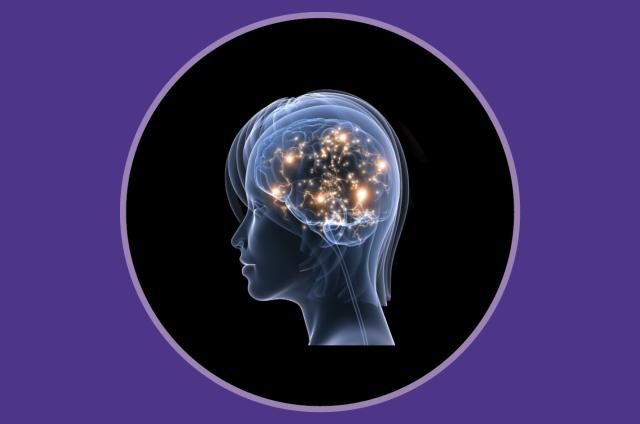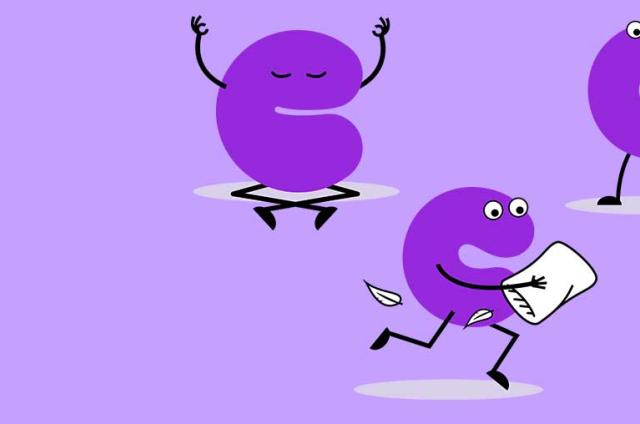What are epileptic seizures?
Epileptic seizures start in the brain. There are other types of seizures which may look like epileptic seizures but they do not start in the brain. Epilepsy can have various causes, including hereditary and through injury while individual seizures can be caused by a number of triggers. There are a number of common misconceptions surrounding epilepsy and epilepsy terminology. The classification of seizures gives doctors a more accurate way to describe a person's seizures, and helps them to prescribe the most appropriate treatments.
Classification of Seizures
The International League Against Epilepsy (ILAE), a group of the world's leading epilepsy professionals, classifies seizures by dividing them into groups depending on:
where they start in the brain (onset);
Focal onset seizures start in, and affect, just one part of the brain, sometimes called the 'focus' of the seizures. They might affect a large part of one hemisphere or just a small area in one of the lobes. Generalised onset seizures affect both sides of the brain at once and happen without warning. In a focal to bilateral seizure, the seizure spreads to both sides of the brain. Some people view this focal seizure as a warning, that another seizure will happen. When focal seizures spread very quickly, the person may not be aware that it started as a focal seizure.
whether or not a person's awareness is affected; and
Seizures are also described depending on a person's level of awareness during their seizures; this means whether or not they are aware of the seizure and what is happening around them. These seizures are known as focal aware seizures or focal impaired awareness seizures.
whether or not seizures involve other symptoms, such as movement.
Some seizures involve movements, called motor symptoms and some involve unusual feelings or sensations called, non-motor symptoms.
Symptoms
What happens during seizures depends on where in the brain the seizure happens and what that part of the brain normally does. Some seizures involve movements, called motor symptoms and some involve unusual feelings or sensations called, non-motor symptoms.
Motor symptoms can include:
- making lip-smacking or chewing movements,
- repeatedly picking up objects or pulling at clothes;
- suddenly losing muscle tone and limbs going limp or floppy, or limbs suddenly becoming stiff;
- repetitive jerking movements that affect one or both sides of the body;
- making a loud cry or scream; or
- making strange postures or repetitive movements such as cycling or kicking.
Non-motor symptoms can include:
- changes or a ‘rising’ feeling in the stomach or déjà vu (feeling like you’ve ‘been here before’);
- getting an unusual smell or taste;
- a sudden intense feeling of fear or joy;
- a strange feeling like a ‘wave’ going through the head;
- stiffness or twitching in part of the body, (such as an arm or hand);
- a feeling of numbness or tingling;
- a sensation that an arm or leg feels bigger or smaller than it actually is; or
- visual disturbances such as coloured or flashing lights or hallucinations (seeing something that isn’t actually there).
Seizure types
Below you will find information on some of the common seizure types.
Focal aware seizures
In focal aware seizures (FAS), previously called simple partial seizures, the person is conscious (aware and alert) and will usually know that something is happening and will remember the seizure afterwards.
Some people find their focal aware seizures hard to put into words. During the seizure they may feel ‘strange’ but not able to describe the feeling afterwards. This may be upsetting or frustrating for them.
FAS are sometimes called ‘warnings’ or ‘auras’ because, for some people, a FAS develops into another type of seizure. The FAS is then a warning that another seizure will happen (see focal to bilateral tonic-clonic seizures).
Focal impaired awareness seizures
Focal impaired awareness seizures (FIAS), previously called complex partial seizures, affect a bigger part of one hemisphere (side) of the brain than focal aware seizures.
The person’s consciousness is affected and they may be confused. They might be able to hear you, but not fully understand what you say or be able to respond to you. They may not react as they would normally. If you speak loudly to them, they may think you are being aggressive and so they may react aggressively towards you.
Absence seizures
Absence seizures are more common in children than adults and can happen very frequently. During an absence a person becomes unconscious for a short time. They may look blank and stare, or their eyelids might flutter. They will not respond to what is happening around them. If they are walking they may carry on walking but will not be aware of what they are doing.
Myoclonic seizures
Myoclonic means ‘muscle jerk’. Muscle jerks are not always due to epilepsy (for example, some people have them as they fall asleep). Myoclonic seizures are brief but can happen in clusters (many happening close together in time) and often happen shortly after waking.
Tonic and atonic seizures
In an atonic seizure (or 'drop attack') the person’s muscles suddenly relax and they become floppy. If they are standing they often fall, usually forwards, and may injure the front of their head or face. Like tonic seizures, atonic seizures tend to be brief and happen without warning. With both tonic and atonic seizures people usually recover quickly, apart from possible injuries.
Tonic clonic seizures
These are the seizures that most people think of as epilepsy. the person becomes unconscious their body goes stiff and if they are standing up they usually fall backwards. they jerk and shake as their muscles relax and tighten rhythmically.
Recording information about seizures
If you have a seizure you may not remember what has happened. Recording information about seizures can be helpful to have a description of what happened from someone who saw your seizure, to pass on to your GP or specialist. Keeping a seizure diary can be useful to help you record when your seizures happen and to see whether there are any specific triggers for your seizures. Sometimes, known triggers can be avoided to help reduce the number of seizures.
Download our epileptic seizure information
Non-epileptic seizures and functional (dissociative) seizures
Non-epileptic seizures (NES) or functional (dissociative) seizures may look similar to epileptic seizures but they are not caused by abnormal electrical activity in the brain. This guide will help you understand what non-epileptic seizures are, what causes them, how they are diagnosed and how they can be treated.


